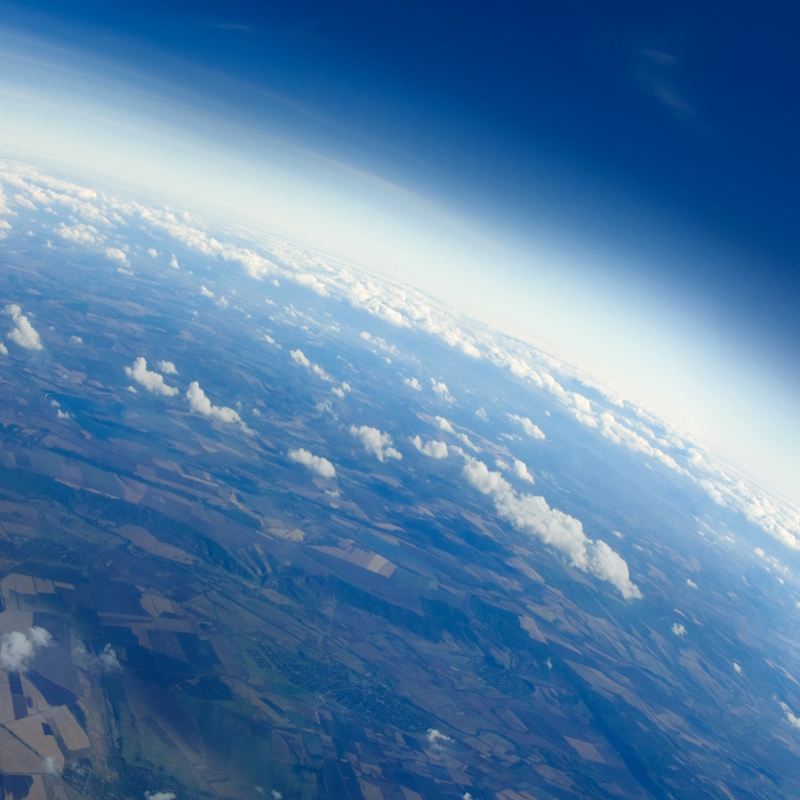The 2016 Royal Society Rosalind Franklin Award winner Professor Jo Dunkley offers an insight into how it all began.

The Universe can be described as every aspect of our existence. It is all physical matter that we know; everything that we can sense, touch and measure, including time itself. The Universe is estimated to be around 13.8 billion years old. It consists of an estimated 140 billion galaxies, such as the Milky Way, with each galaxy containing millions or billions of stars. In a clear night’s sky the naked human eye can only view around 3,000 stars, this is a miniscule proportion given the unimaginable large scale of the Universe. Essentially, the Universe is a giant collection of space systems composed of dust, gas and stars. But how did it get here?
There are multiple theories regarding the origin of the Universe. Most astronomers believe that it began during an event known as the Big Bang, in which all matter in the Universe is thought to have emerged from a single explosion. According to NASA, this explosion would have reached around 10 billion degrees, and would have propelled all matter, energy, space and time at incomprehensible speeds, causing the Universe to expand on an astronomical scale. Billions of years later, the Universe is still expanding, but at a much slower rate. As time passed after the Big Bang, matter began to cool and congregate together, eventually condensing into the stars and galaxies that are seen within our current Universe.
Scientists are not exactly sure how the Universe evolved after the Big Bang. However, around 380,000 years after the explosion, a light or ‘afterglow’ appeared. This remnant ‘afterglow’ is known as the cosmic microwave background (CMB), and it can be detected throughout the Universe, both on Earth and in space. The CMB is invisible to the naked eye, as it shines primarily within the microwave portion of the electromagnetic spectrum. However, if humans were able to see it, the entire sky would glow with a bright and uniform light. The CMB is in fact the oldest light observed, it is 14 billion years old; even older than the Earth or our galaxy. The study of the CMB may hold the answers to many questions about the Universe at its earliest stages of life and may allow us discover what the Universe is made of. It may also allow scientists to make predictions about the future of our Universe and how it will end.
Join us to hear from the 2016 Royal Society Rosalind Franklin Award winner Professor Jo Dunkley, as we gain an insight into how it all began. Her lecture titled Our window on the Universe, given on 17 November 2016, will explore her work on the CMB and her innovative research project to support and encourage women in physics.
